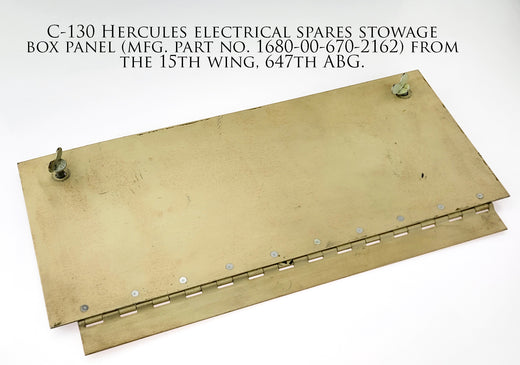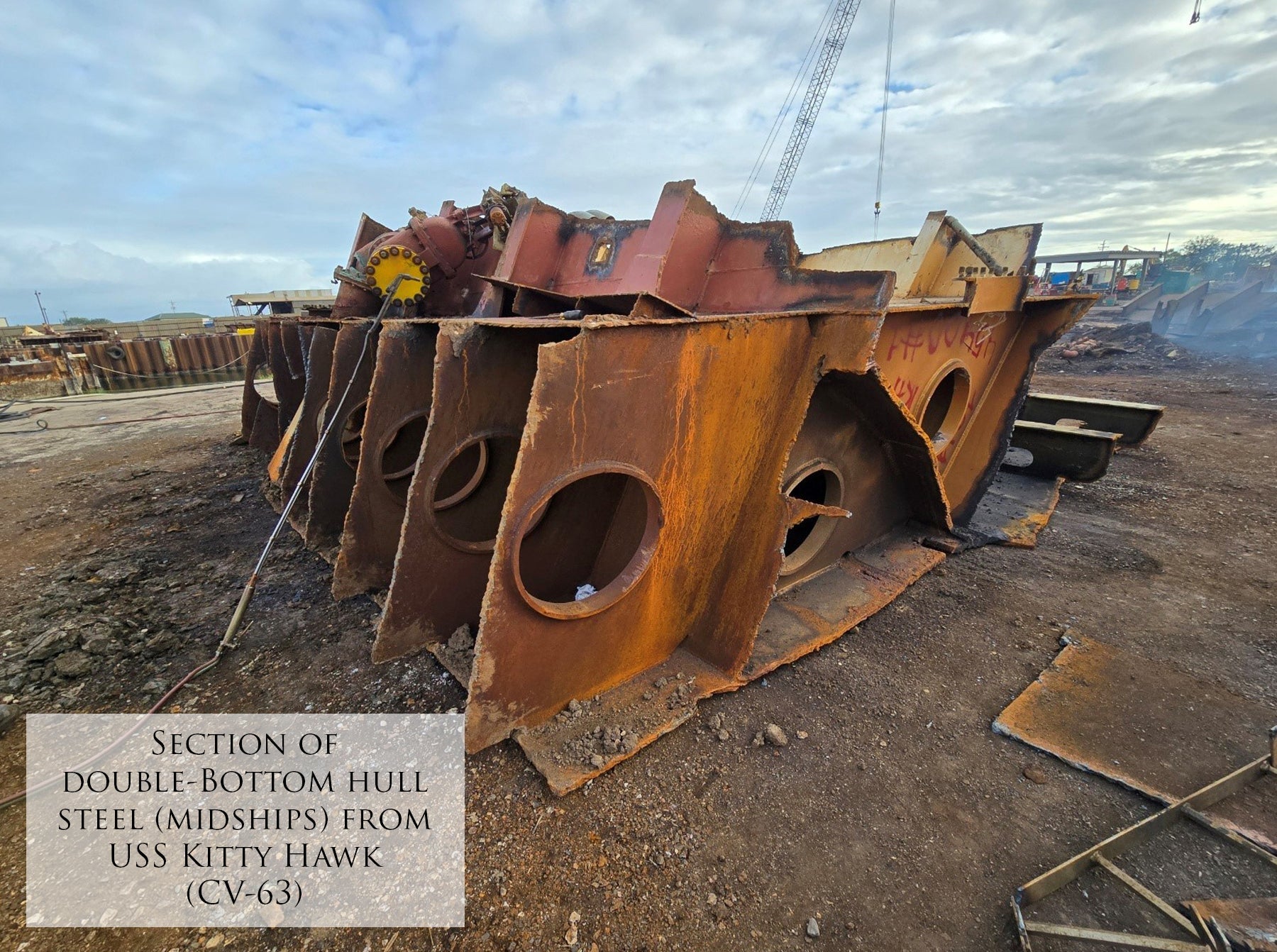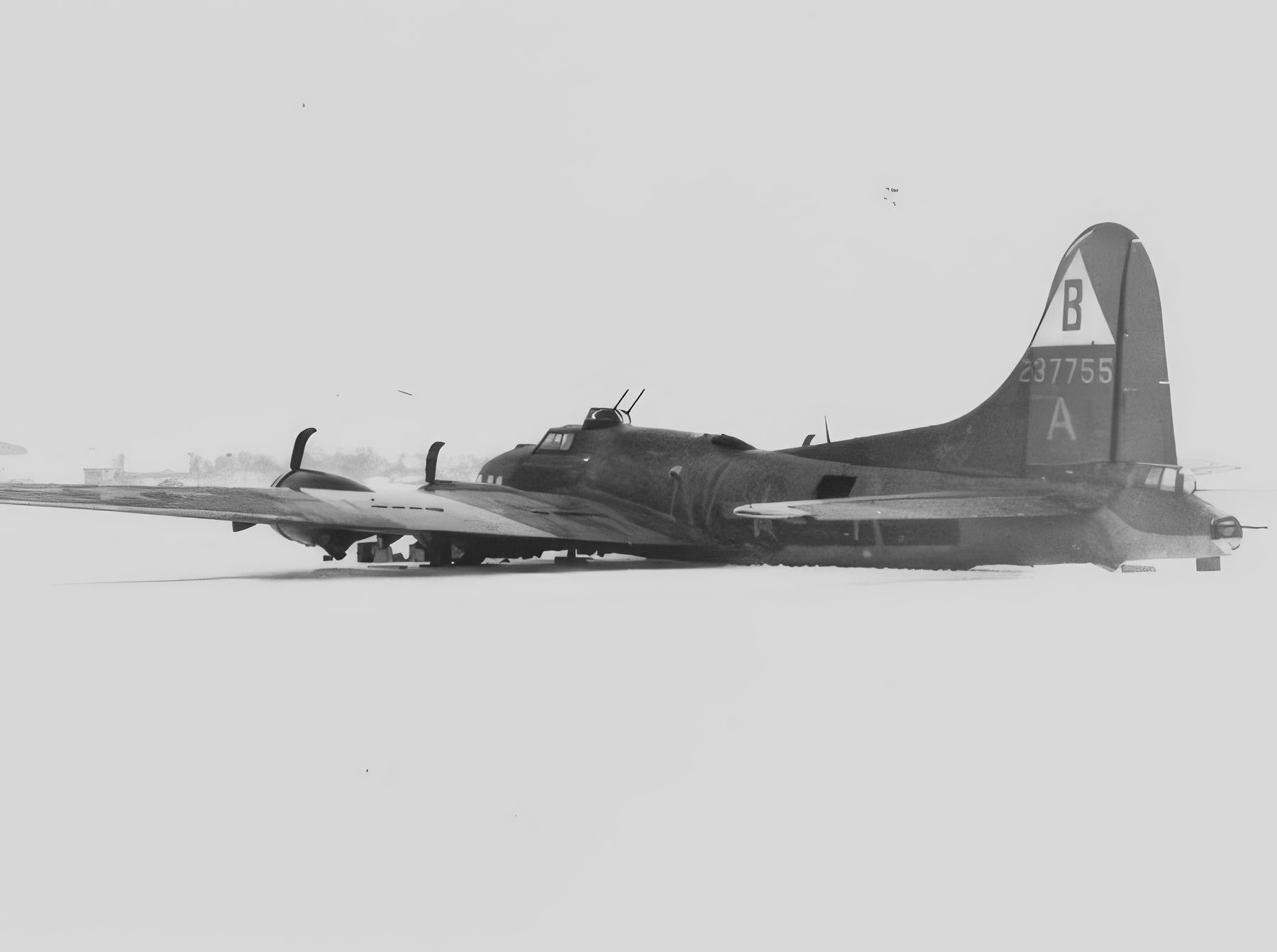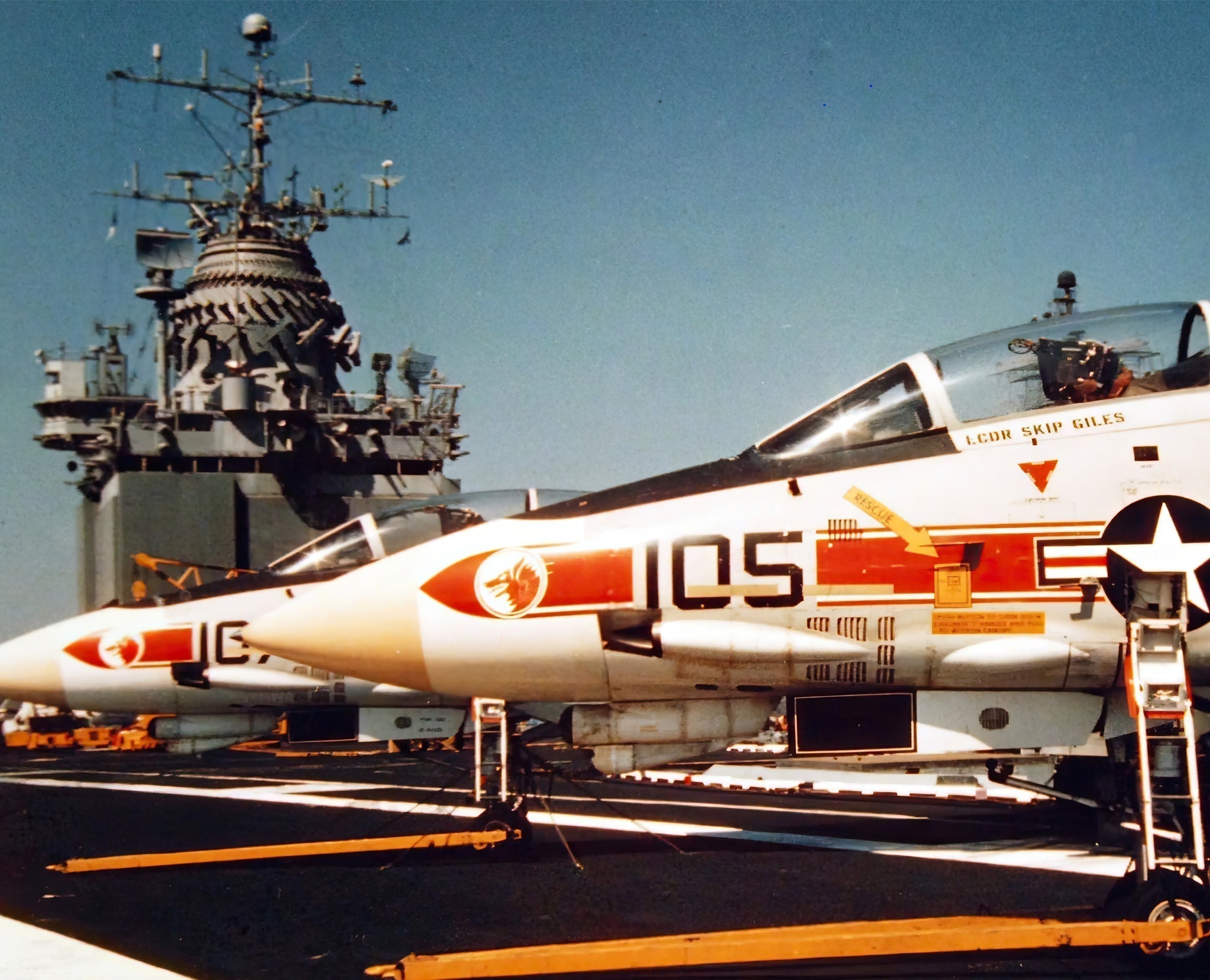This Fine Art Print by Artist Craig Tinder pays tribute to one of the longest serving aircraft in history, the C-130 Hercules. This Limited Edition Canvas Print includes an actual fragment of a 15th Wing, 647th ABG C-130 Hercules.
Details About the RELIC:
This aluminum fragment originates from an electrical spares stowage box panel (Manufacturer Part No. 1680-00-670-2162) from a Lockheed C-130 Hercules. The C-130, renowned for its versatility and endurance, has been a workhorse for military and humanitarian missions across the globe since its introduction in the 1950s. This particular relic was removed in 1986 during a reconfiguration of the aircraft while it was serving with the 15th Wing, 647th Air Base Group (ABG).
 Artist, Craig Tinder, holding C-130 relic along with limited edition prints of "The Herky Bird"
Artist, Craig Tinder, holding C-130 relic along with limited edition prints of "The Herky Bird"
The C-130 Hercules is celebrated for its ability to perform a variety of roles, including troop and cargo transport, medical evacuation, air-to-air refueling, and even weather reconnaissance. The aircraft’s rugged design allows it to operate from short, unprepared airstrips, making it invaluable in both combat zones and disaster relief efforts. Throughout its long service, the C-130 has undergone numerous upgrades and reconfigurations to meet evolving mission requirements, and this relic reflects the adaptability and continued service of these aircraft.

Electral stowage panel from a C-130 Hercules - fragments from this are used as the relic for "The Herky Bird" limited edition prints
The Story Behind the Print:
A C-130 Hercules takes off on an unimproved runway in one of it's numerous missions around the world. The C-130 Hercules, also affectionately known as the "Herky Bird," traces its origins back to 1951, just six years after the end of World War II. The specification for a medium cargo transport aircraft was drawn up by the U.S. Air Force in response to the needs of the Korean War. However, unlike many aircraft designs that were derived from existing platforms, the C-130 was developed entirely from scratch by Lockheed engineers. This clean-slate approach gave them the freedom to design an aircraft that could meet the unique logistical challenges of transporting large quantities of cargo into and out of combat zones, while operating from short and rugged airstrips.
Although the C-130 missed seeing action in the Korean War, it quickly distinguished itself in subsequent conflicts, including the Indochina and Vietnam Wars. Over the decades, the Hercules has been continuously reinvented and upgraded to meet the evolving demands of modern warfare and humanitarian missions. Today, the C-130 serves as a versatile platform capable of fulfilling numerous roles, from tactical airlift and medical evacuation to weather reconnaissance, gunship support, and air-to-air refueling.
One of the most remarkable aspects of the C-130’s legacy is its widespread adoption. The aircraft has been used by over 60 countries and has been adapted into 35 different variations to serve a multitude of purposes. It has also become a vital tool for humanitarian missions, delivering essential supplies to remote regions where other aircraft cannot operate. With its rugged design, the C-130 can land on short, unprepared airstrips, making it invaluable in disaster relief operations and military logistics.
Perhaps most impressively, the C-130 Hercules holds the distinction of having the longest continuous production run of any military aircraft in history. Since the first prototype took flight in 1954, the C-130 has remained in production, evolving with technological advancements while maintaining its core function as a reliable workhorse for global airlift operations. Its continued success underscores its unparalleled adaptability and importance in both military and civilian operations worldwide.
Learn more about The Evolution of C-130 Hercules: From Conception to Innovation. Click Here
To purchase or see similar items, visit here.
Commissioned by Museums, Treasured by Collectors





Share:
Free Hunt Mission, the story behind "Fighter Sweep Over Kent"
Courage in the Skies, the story behind "Blitz Week"